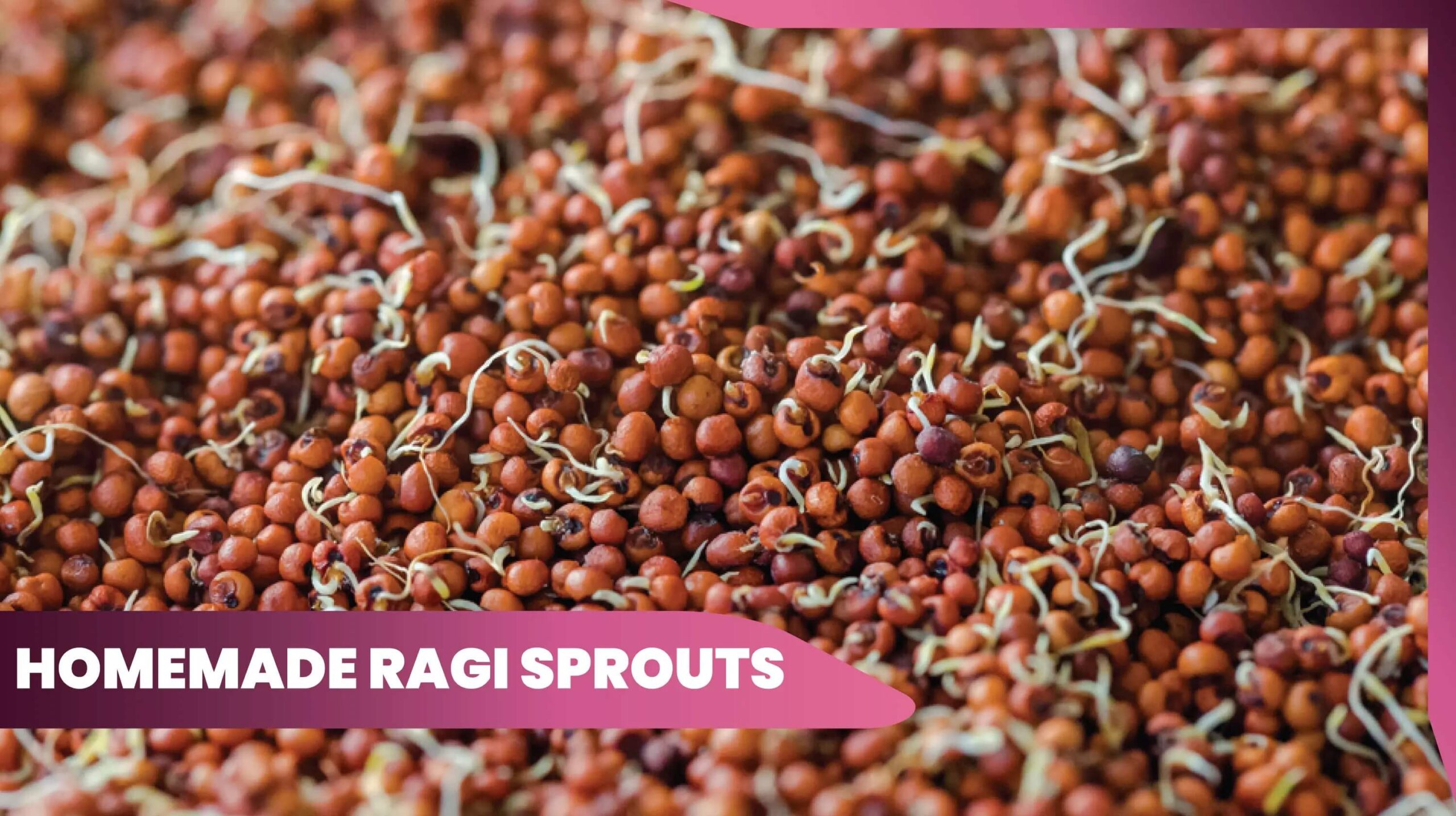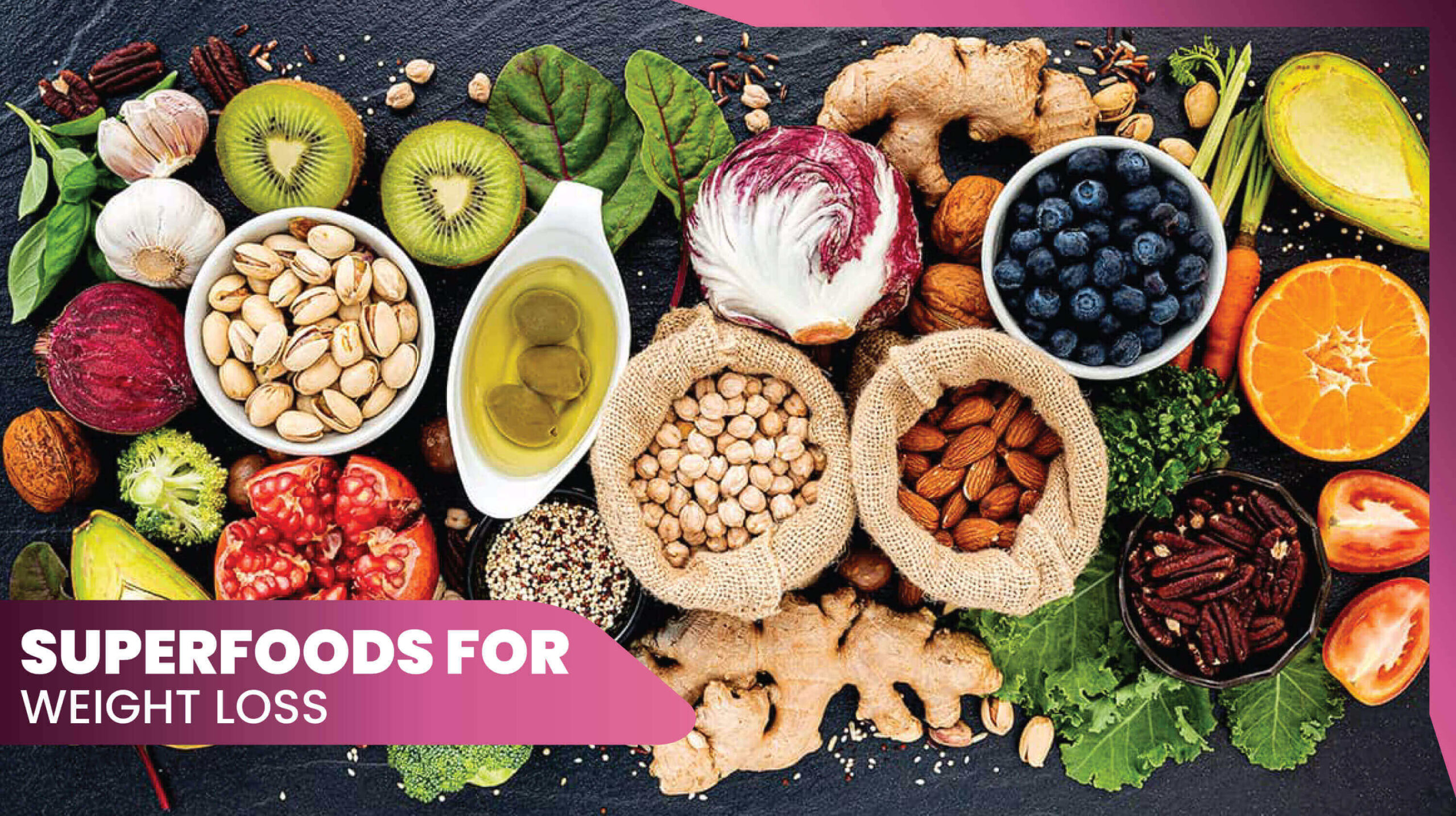Millets are a group of small-seeded grasses that have been cultivated for thousands of years and are an essential part of the diets in many parts of the world, especially in Asia and Africa. There are several types of millet, including pearl millet, finger millet, foxtail millet, proso millet, barnyard millet, and little millet. Millets are gaining popularity worldwide due to their numerous health benefits and versatility in cooking.
9 Types of Millets
- Pearl Millet (Bajra): Widely grown in Africa and the Indian subcontinent, pearl millet is highly drought-tolerant and has excellent nutritional value.
- Finger Millet (Ragi): Commonly consumed in South India and Africa, finger millet is rich in calcium, making it beneficial for bone health.
- Foxtail Millet (Kangni): This millet is popular in China, India, and Southeast Asia. It’s rich in protein, iron, and calcium.
- Proso Millet (Chena, Barri): Grown in many parts of the world, including Africa, Asia, and Europe, proso millet is easy to digest and has a mild, nutty flavor.
- Barnyard Millet (Sanwa): Native to India, barnyard millet is high in fiber and protein and has a texture similar to rice when cooked.
- Little Millet (Moraiyo): Also known as Kutki or Samalu, little millet is rich in B vitamins and minerals and is commonly consumed in India.
- Kodo Millet (Kodra or Varagu): It is primarily cultivated in India, particularly in the states of Tamil Nadu, Karnataka, Andhra Pradesh, and Maharashtra. Kodo millet has been traditionally grown and consumed in India for centuries and is valued for its nutritional benefits.
- Sorghum Millet (Jowar): Sorghum is one of the most important cereal crops globally, ranking fifth in terms of production after maize, rice, wheat, and barley.
- Browntop Millet (Korie): Browntop millet, African millet, or brown bristle grass, is a type of small-seeded grass belonging to the Poaceae family. It is widely cultivated in tropical and subtropical regions of Asia, Africa, and Australia for its edible grains, which have various culinary and nutritional uses.
6 Benefits of Millets
- Nutrient Rich: Millets are rich in nutrients such as proteins, dietary fiber, vitamins (especially B-complex vitamins), minerals (iron, magnesium, phosphorus, and potassium), and antioxidants.
- Gluten-Free: Millets are naturally gluten-free, making them an excellent grain choice for people with celiac disease or gluten sensitivity.
- Low Glycemic Index: Millets have a low glycemic index, which means they release glucose into the bloodstream slowly, helping to regulate blood sugar levels. This property is particularly beneficial for people with diabetes.
- Heart Health: The high fiber content in millets can help lower cholesterol levels, reducing the risk of heart disease. They also contain magnesium, which is beneficial for heart health.
- Weight Management: Millets are low in calories and high in fiber, which can help promote satiety and aid in weight management.
- Digestive Health: The dietary fiber in millets promotes digestive health by preventing constipation and promoting regular bowel movements.
3 Side Effects of Millets
- Anti-Nutrients: Some millets contain compounds like phytic acid and tannins, which can bind to minerals and reduce their absorption. However, soaking, sprouting, or fermenting millets can help reduce the levels of antinutrients.
- Allergies: Although rare, some individuals may be allergic to millet, resulting in symptoms like itching, swelling, or gastrointestinal discomfort.
- Goitrogens: Certain millets contain goitrogens, compounds that can interfere with thyroid function if consumed in large amounts. However, cooking typically neutralizes the effects of goitrogens.

Confuse About Your Ideal Daily Calorie Intake?Use Our Calorie Calculator to Calculate Your Optimal Calories & Avoid Overeating!
Conclusion
Including a variety of millets in your diet can offer numerous health benefits, but it’s essential to consume them as part of a balanced diet to ensure adequate nutrient intake. If you have any concerns or existing health conditions, it’s advisable to consult with a healthcare professional or nutritionist before making significant changes to your diet.
Read also:
- Foxtail Millet Salad: A Nutritious and Delicious Dish
- Millet Milk: A Guide to All Types and Nutritional Advantages
- Kodo Millet Kheer: Healthy & Delicious Dessert
- Kodo Millet: Health Benefits, Nutritional Values & Recipes
- Little Millet: Thoda Baajara Nutrition and Health Benefits
- Foxtail Millet: Better Substitute of White Rice




